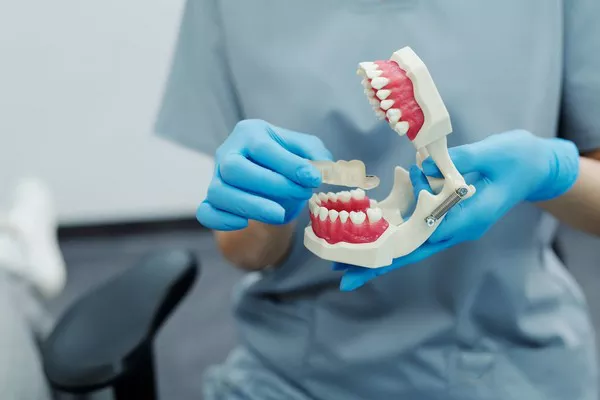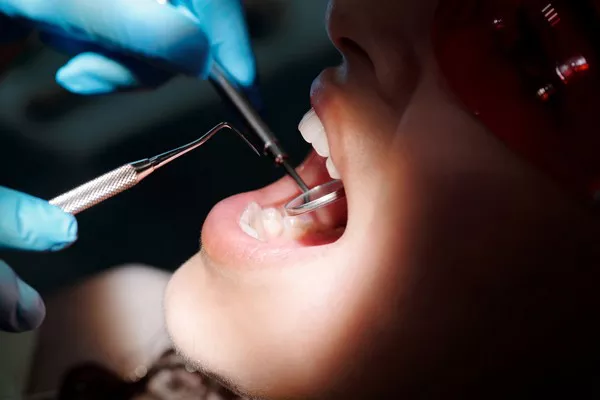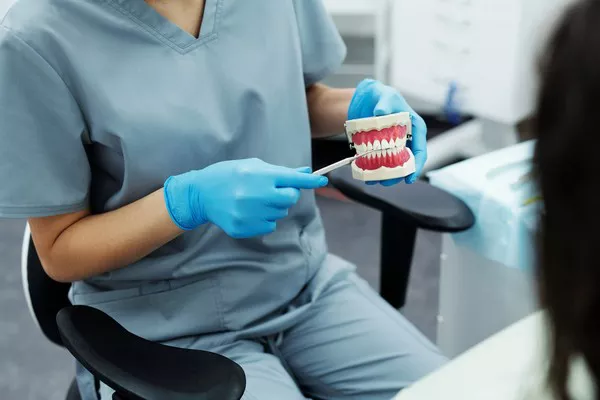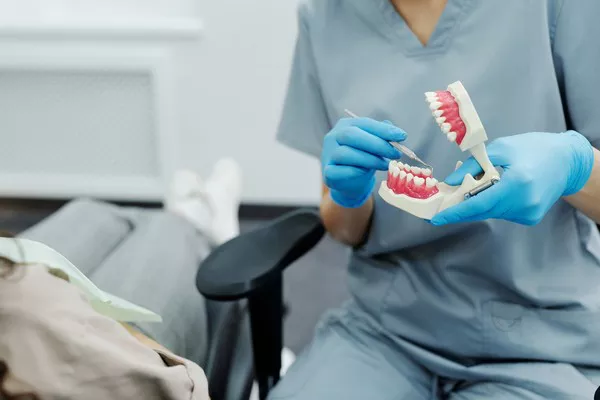Dental curing lights are integral tools in modern dentistry, essential for polymerizing restorative materials and ensuring successful dental procedures. However, concerns have been raised about their potential harm to patients and dental professionals. In this article, we will explore the safety aspects of dental curing lights, addressing common misconceptions and providing evidence-based insights.
Understanding Dental Curing Lights
Dental curing lights are devices that emit a specific wavelength of light, typically blue light, to activate photo-initiators in dental composite materials. This process initiates a chemical reaction called polymerization, causing the composite to harden and bond with tooth structure. Curing lights vary in power output, light spectrum, and technology used. Early halogen lamps have largely been replaced by LED (Light-Emitting Diode) curing lights due to their efficiency, lower heat production, and longer lifespan.
UV Radiation and Eye Protection
One of the main concerns associated with dental curing lights is the potential for ultraviolet (UV) radiation exposure. However, modern curing lights predominantly utilize visible blue light, which falls within the safe spectrum. The American Dental Association (ADA) recommends using curing lights with limited or no UV emissions, further minimizing any potential risks.
To safeguard against potential eye damage, both patients and dental professionals should wear proper eye protection during dental procedures. Standard protective eyewear, such as goggles or glasses with orange or amber lenses, effectively filter out harmful wavelengths while allowing visible light transmission. Regular use of eye protection significantly reduces the risk of ocular complications.
Thermal Effects and Tissue Damage
Another concern raised regarding dental curing lights is thermal damage to oral tissues. However, advancements in LED technology have significantly minimized heat production compared to older halogen lamps. Today’s curing lights generate minimal heat, reducing the risk of thermal damage to the pulp and surrounding tissues. Additionally, most modern curing lights have built-in temperature control mechanisms that prevent overheating.
Photo-Toxicity and Safety Precautions
Photo-toxicity, a concern associated with the use of dental curing lights, refers to potential harm caused by prolonged exposure to light-activated materials. Dental professionals are trained to minimize such risks by following specific protocols during treatments. These precautions include isolating the treatment area with rubber dams or adhesive barriers to prevent contact between the cured materials and oral tissues.
Furthermore, proper training and adherence to manufacturer instructions regarding curing time, distance from the target site, and angulation of the curing light ensure optimal safety. It’s important for dental professionals to keep up with the latest research and advancements in curing light technology to apply the most effective techniques.
Additional Safety Considerations
To enhance patient safety, manufacturers continually improve curing light designs and features. Some devices incorporate pulsing modes or timers to regulate light exposure and minimize the risk of overheating or overexposure. Dental professionals should invest in reputable, FDA-approved curing lights and regularly assess their equipment to ensure optimal performance and safety.
Conclusion
As dental curing lights play a vital role in restorative dentistry, it is crucial to dispel misconceptions regarding their safety. Through advancements in technology and adherence to established protocols, the risks associated with curing lights have been significantly mitigated. Modern LED curing lights with limited UV emissions, reduced heat production, and enhanced safety features ensure safe and efficient dental procedures when used correctly. Dentists must stay updated on best practices and follow manufacturer guidelines to optimize patient care and minimize any potential hazards associated with dental curing lights.
Related Topics:





























